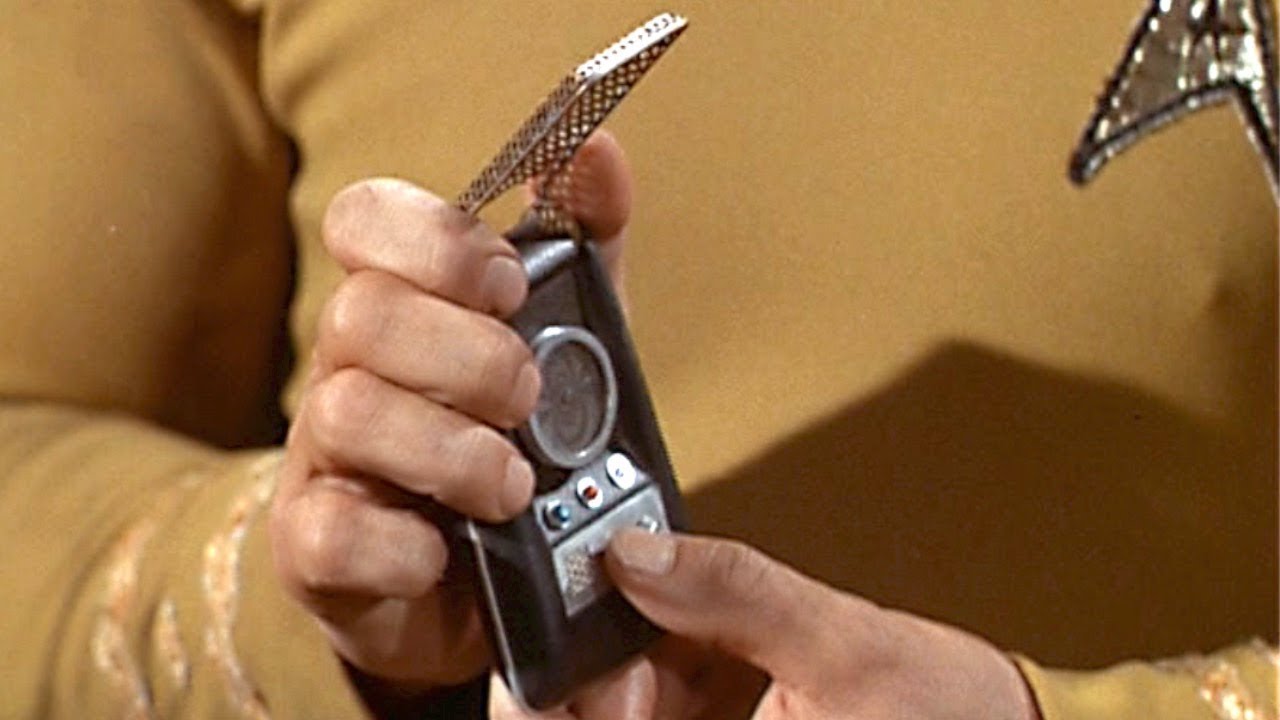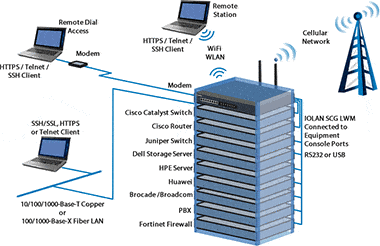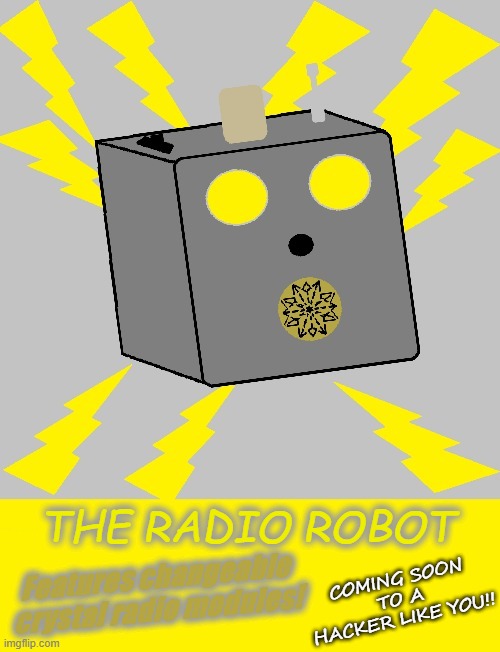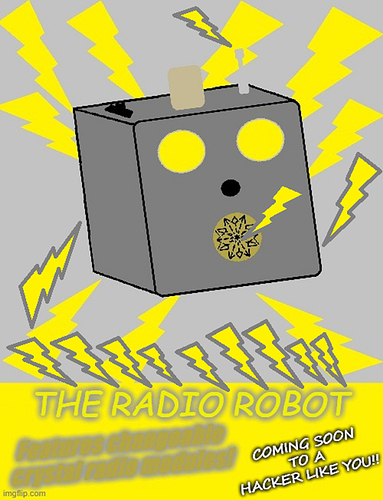Thought a thread for basic radio science was super important.
Radio accounts for many different types of signal communications.
They include CB(Citizen’s), Wifi, Bluetooth, and telephones. Most everything wireless is a radio frequency.
My interest in the tx-rx world of radio will begin at CB. A simple CB receiver is an important step in understanding our way of life. It shows how simple science can be applied with all of its various advantages.
While I would like to place goals or outline a purpose to this thread, I think focusing on the science and applying it should be open conversation. Working through different methods and designs of achieving basic radio.
I hope soon people may begin to post their radio projects, either basic, or even more advanced than our own. If it were not for radio, there wouldn’t be internet, this webpage, or the science fiction that’s driven by these crazy people from the 1600s.
I’ve been working on my own basic radio for a few weeks. I built a digital CB radio and a crystal radio. The reason crystal radio works well is because of its germanium component. It was once a small piece of galena. Both act as a diode. The next major component is a tuning capacitor in the forms of variable or trimming.
A new crystal radio is VERY powerful. It is exaggerated and concentrated due to advanced science and availability. My own digital radio design did not use any of these common components. I borrowed two interesting ideas to make it work, but not very well.
I borrowed a popular homemade design where the tuning coil and “power coil” intersect. One receives radio, the other tunes it and receives it in sound.
This is accomplished by connecting the “vcc” wire of each and connecting the ground wire to your diode then to tuning piece. The intersecting “ground wire” of its non soldered counterpart is the antenna.
I connected this design in series then added a buzzer. The last piece it’s missing is a capacitor. There are many to choose from, but this is digital only - so I used a 105/106. Power was connected to the buzzer, and the capacitor/coil radio does the rest. The diode isn’t crystal. I used silicon to see what would happen. There is a lot of static, and unless you live near the channel station, you will probably barely get a few words in.
However, that was just my experience. A crystal using quarts and germanium will probably be the combination you take. I am not sure what they are using for piezos lately. They say they can use ceramic for piezos. That’s not a bad idea since ceramic capacitors/old resistors emit sound too. Ultrasonics use metal plating to emit the sound. Some people have used large plates to build ultrasonic speakers.
I really don’t recommend recreating anything I do. I do it for sport. It’s like a science adventure, and you often walk alone without a target. I fail so often… you forget to care after awhile.
I can’t share any proprietary images, but there’s a good kit series called 300uh Crystal Radio on eBay. The seller Ray makes new ones all the time for less than 20D.
It has a very comprehensive pdf on the kit and imo radio theory.
Some CB radios use two coils and one diode. They are all very interesting and simple.
I want to hear any thoughts or ideas. Show us your super CB radio transceiver project below. Thanks 





